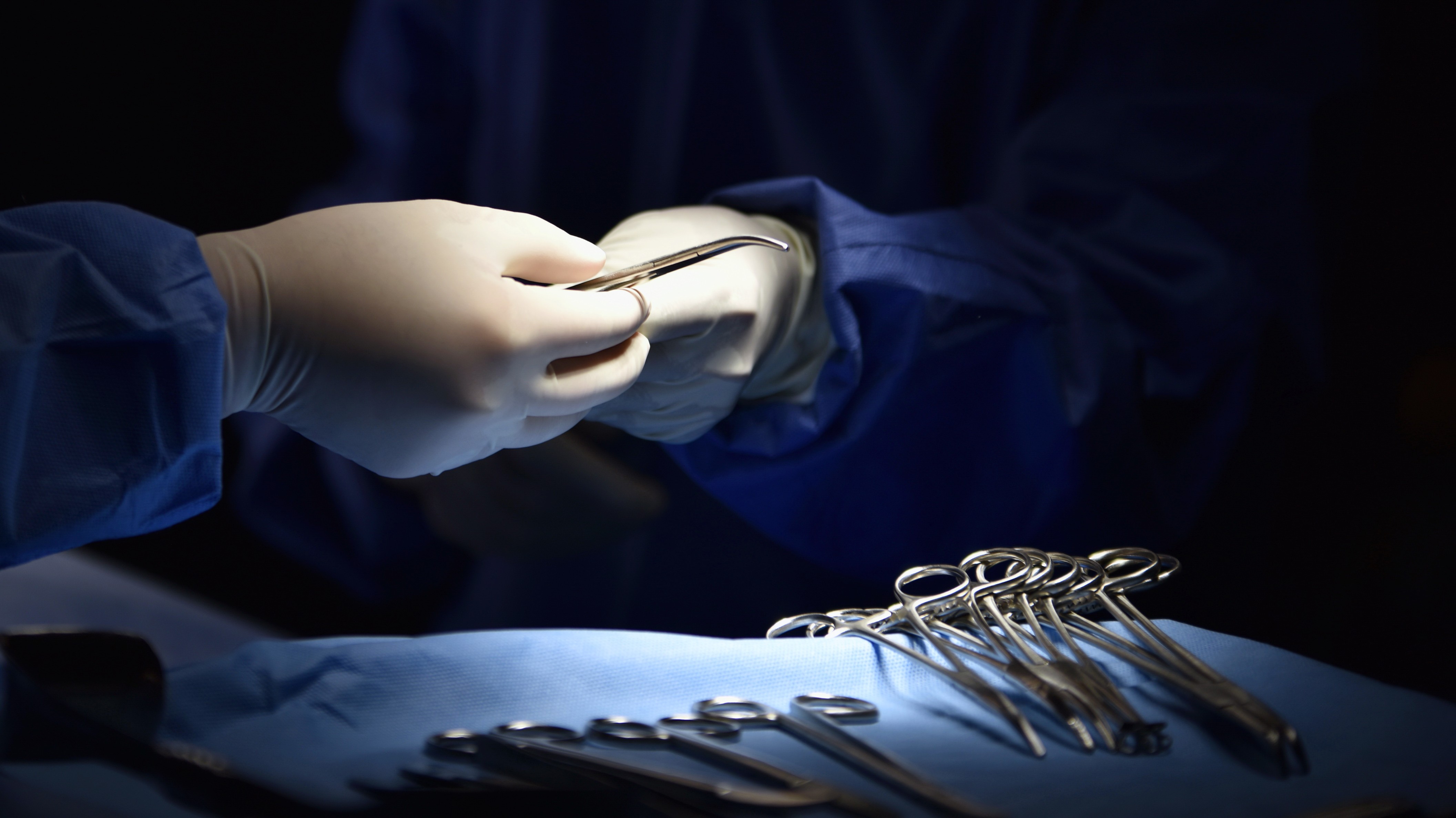
Gynecology, a branch of medicine focusing on the health of the female reproductive system, relies on various diagnostic instruments for accurate assessments and effective treatments. These tools play a critical role in diagnosing and managing conditions, ensuring the well-being of patients. Below is an overview of commonly used gynecology diagnostic instruments and their applications by a surgical tools supplier.
1. Speculum
The speculum is a fundamental tool in gynecology used to visualize the cervix and vaginal walls. It comes in different types, including:
-
Graves Speculum: Wider blades, suitable for multiparous women.
-
Pederson Speculum: Narrower blades, ideal for patients with smaller vaginal openings.
-
Disposable Speculum: Made of plastic, ensuring sterility and single-use convenience.
The instrument’s adjustable blades help open the vaginal canal, facilitating examinations and procedures like Pap smears and biopsies.
2. Colposcope
A colposcope is a specialized optical device used to magnify and illuminate the cervix, vagina, and vulva. It helps in identifying abnormal tissues, making it an essential tool for follow-ups on abnormal Pap smear results. Modern colposcopes may include digital imaging capabilities for enhanced visualization and documentation.
3. Uterine Sound
This instrument measures the depth and direction of the uterine cavity. It is commonly used during procedures like intrauterine device (IUD) placement or endometrial biopsies. The uterine sound is a slender, flexible rod with graduated markings to ensure precise measurements.
4. Tenaculum
A tenaculum is a surgical instrument with sharp hooks at the ends, used to grasp and stabilize the cervix. It provides better control during procedures like IUD insertions, endometrial biopsies, or dilation and curettage (D&C). Single-toothed and double-toothed variants are available, depending on the clinical need.
5. Endocervical Curette
This instrument is used to scrape cells from the endocervical canal for diagnostic purposes, such as evaluating abnormal bleeding or suspected malignancies. Curettes can be either sharp or blunt, depending on the tissue being sampled and the patient’s condition.
6. Vaginal Retractor
Vaginal retractors help hold back the vaginal walls to provide better access and visibility during diagnostic or surgical procedures. They come in various shapes and sizes to accommodate different anatomical needs and procedures.
7. Biopsy Forceps
Biopsy forceps are used to collect tissue samples from the cervix, vagina, or vulva for histological examination. The instrument’s sharp jaws allow for precise and minimally invasive sample collection, essential for diagnosing conditions like cervical dysplasia or cancer.
8. Ultrasonography Probe
Transvaginal and transabdominal ultrasound probes are indispensable in gynecology for imaging the uterus, ovaries, and surrounding structures. Transvaginal probes offer higher resolution and are particularly useful for early pregnancy evaluations and assessing pelvic pathologies.
9. Hysteroscope
A hysteroscope is a thin, lighted tube inserted into the uterus to examine the uterine cavity. It is used for diagnosing and treating conditions such as fibroids, polyps, and abnormal bleeding. Diagnostic hysteroscopes are smaller in diameter, making them less invasive and more comfortable for the patient.
10. Cryotherapy Device
Cryotherapy devices are used to treat precancerous lesions of the cervix by freezing abnormal cells. The tool uses liquid nitrogen or carbon dioxide to achieve extremely low temperatures, effectively destroying affected tissues while sparing healthy ones.
11. LEEP (Loop Electrosurgical Excision Procedure) Instrument
This device uses a thin, low-voltage electrified wire loop to remove abnormal tissue from the cervix. It is a diagnostic and therapeutic tool for treating precancerous changes and obtaining tissue samples for further examination.
12. Pelvimeter
A pelvimeter measures the dimensions of the pelvis. It is used during pregnancy to assess whether a vaginal delivery is feasible or if a cesarean section may be necessary.
13. Doppler Fetal Monitor
This handheld device detects and measures the fetal heartbeat. It is commonly used during prenatal visits to ensure the well-being of the fetus and provide reassurance to expectant mothers.
14. Swabs and Brushes
Specialized swabs and cytology brushes collect samples from the cervix and vagina for diagnostic tests such as Pap smears and microbial cultures. Their soft bristles minimize patient discomfort while ensuring the collection of adequate specimens.
15. Protective Equipment and Sterile Tools
In addition to diagnostic instruments, gynecological examinations require gloves, drapes, and sterile equipment to maintain hygiene and prevent infections. Single-use tools are increasingly popular to ensure patient safety and reduce cross-contamination risks.
Conclusion
The field of gynecology relies on a diverse range of diagnostic instruments to ensure accurate evaluations and effective patient care. Each tool serves a unique purpose, contributing to a comprehensive approach to women’s health. Familiarity with these instruments is essential for healthcare providers to deliver high-quality care and maintain patient trust.

0 Comments
Post Comment